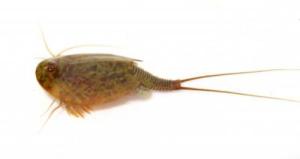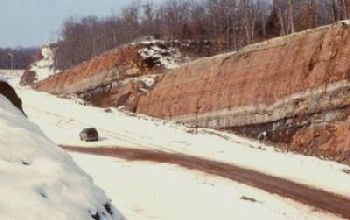An international team of researchers has decoded the genome of a creature whose evolutionary history is both enigmatic and illuminating: the African coelacanth. A sea-cave dwelling, five-foot long fish with limb-like fins, the coelacanth was once thought to be extinct. A living coelacanth was discovered off the African coast in 1938, and since then, questions about these ancient-looking fish — popularly known as “living fossils” — have loomed large. Coelacanths today closely resemble the fossilized skeletons of their more than 300-million-year-old ancestors. Its genome confirms what many researchers had long suspected: genes in coelacanths are evolving more slowly than in other organisms.
“We found that the genes overall are evolving significantly slower than in every other fish and land vertebrate that we looked at,” said Jessica Alföldi, a research scientist at the Broad Institute and co-first author of a paper on the coelacanth genome, which appears in Nature this week. “This is the first time that we’ve had a big enough gene set to really see that.”
Researchers hypothesize that this slow rate of change may be because coelacanths simply have not needed to change: they live primarily off of the Eastern African coast (a second coelacanth species lives off the coast of Indonesia), at ocean depths where relatively little has changed over the millennia.
“We often talk about how species have changed over time,” said Kerstin Lindblad-Toh, scientific director of the Broad Institute’s vertebrate genome biology group and senior author. “But there are still a few places on Earth where organisms don’t have to change, and this is one of them. Coelacanths are likely very specialized to such a specific, non-changing, extreme environment — it is ideally suited to the deep sea just the way it is.”
Because of their resemblance to fossils dating back millions of years, coelacanths today are often referred to as “living fossils” — a term coined by Charles Darwin. But the coelacanth is not a relic of the past brought back to life: it is a species that has survived, reproduced, but changed very little in appearance for millions of years. “It’s not a living fossil; it’s a living organism,” said Alföldi. “It doesn’t live in a time bubble; it lives in our world, which is why it’s so fascinating to find out that its genes are evolving more slowly than ours.”
The coelacanth genome has also allowed scientists to test other long-debated questions. For example, coelacanths possess some features that look oddly similar to those seen only in animals that dwell on land, including “lobed” fins, which resemble the limbs of four-legged land animals (known as tetrapods). Another odd-looking group of fish known as lungfish possesses lobed fins too. It is likely that one of the ancestral lobed-finned fish species gave rise to the first four-legged amphibious creatures to climb out of the water and up on to land, but until now, researchers could not determine which of the two is the more likely candidate.
In addition to sequencing the full genome — nearly 3 billion “letters” of DNA — from the coelacanth, the researchers also looked at RNA content from coelacanth (both the African and Indonesian species) and from the lungfish. This information allowed them to compare genes in use in the brain, kidneys, liver, spleen and gut of lungfish with gene sets from coelacanth and 20 other vertebrate species. Their results suggested that tetrapods are more closely related to lungfish than to the coelacanth.
However, the coelacanth is still a critical organism to study in order to understand what is often called the water-to-land transition. Lungfish may be more closely related to land animals, but its genome remains inscrutable: at 100 billion letters in length, the lungfish genome is simply too unwieldy for scientists to sequence, assemble, and analyze. The coelacanth’s more modest-sized genome (comparable in length to our own) is yielding valuable clues about the genetic changes that may have allowed tetrapods to flourish on land.
By looking at what genes were lost when vertebrates came on land as well as what regulatory elements — parts of the genome that govern where, when, and to what degree genes are active — were gained, the researchers made several unusual discoveries:
- Sense of smell. The team found that many regulatory changes influenced genes involved in smell perception and detecting airborne odors. They hypothesize that as creatures moved from sea to land, they needed new means of detecting chemicals in the environment around them.
- Immunity. The researchers found a significant number of immune-related regulatory changes when they compared the coelacanth genome to the genomes of animals on land. They hypothesized that these changes may be part of a response to new pathogens encountered on land.
- Evolutionary development. Researchers found several key genetic regions that may have been “evolutionarily recruited” to form tetrapod innovations such as limbs, fingers and toes, and the mammalian placenta. One of these regions, known as HoxD, harbors a particular sequence that is shared across coelacanths and tetrapods. It is likely that this sequence from the coelacanth was co-opted by tetrapods to help form hands and feet.
- Urea cycle. Fish get rid of nitrogen by excreting ammonia into the water, but humans and other land animals quickly convert ammonia into less toxic urea using the urea cycle. Researchers found that the most important gene involved in this cycle has been modified in tetrapods.
The coelacanth genome may hold other clues for researchers investigating the evolution of tetrapods. “This is just the beginning of many analyses on what the coelacanth can teach us about the emergence of land vertebrates, including humans, and, combined with modern empirical approaches, can lend insights into the mechanisms that have contributed to major evolutionary innovations,” said Chris Amemiya, a member of the Benaroya Research Institute and co-first author of the Nature paper. Amemiya is also a professor at the University of Washington.
Sequencing the full coelacanth genome was uniquely challenging for many reasons. Coelacanths are an endangered species, meaning that samples available for research are almost nonexistent. This meant that each sample obtained was precious: researchers would have “one shot” at sequencing the collected genetic material, according to Alföldi. But the difficulties in obtaining a sample and the challenges of sequencing it also knit the community together.
“The international nature of the work, its evolutionary value and history, and the fact that it was a technically challenging project really brought people together,” said Lindblad-Toh. ” We had representatives from every populated continent on earth working on this project.”
Although its genome offers some tantalizing answers, the research team anticipates that further study of the fish’s immunity, respiration, physiology, and more will lead to deep insights into how some vertebrates adapted to life on land, while others remained creatures of the sea.



 April 18th, 2013
April 18th, 2013  Riffin
Riffin 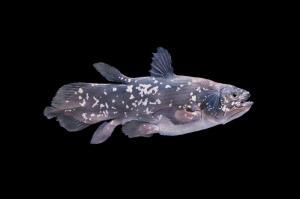

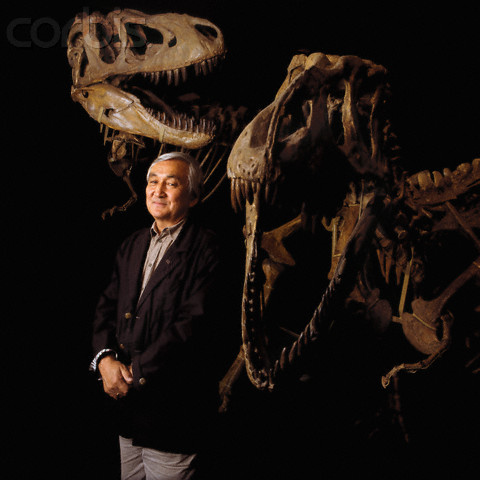



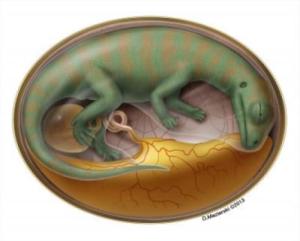
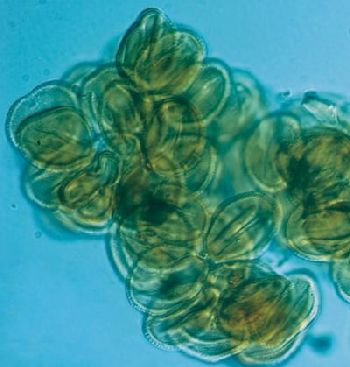
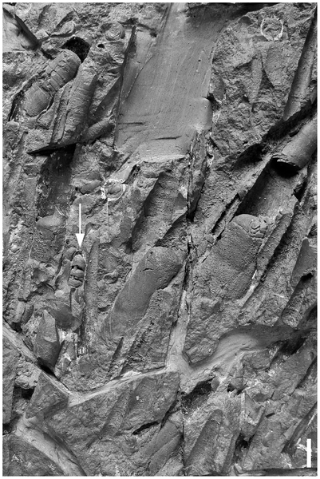
![Early Ordovician cephalopod occurrences in distal and deep marine depositional settings. Map simplified from [97]. doi:10.1371/journal.pone.0007262.g002](http://worldfossilsociety.org/wp-content/uploads/2013/04/121219174150-large4.png)

